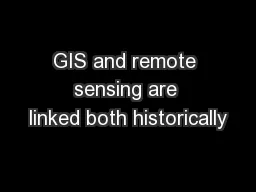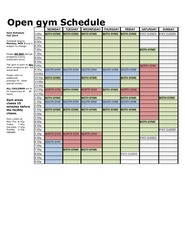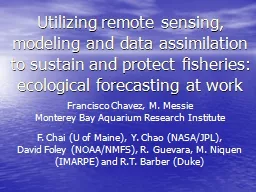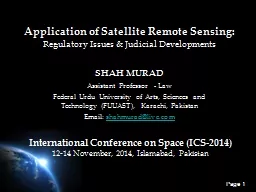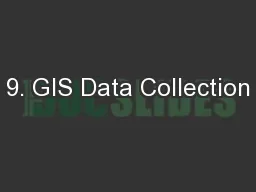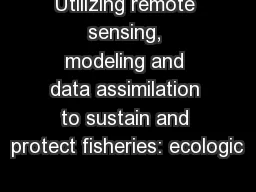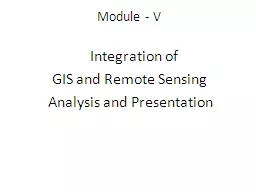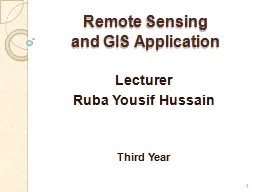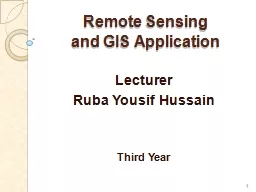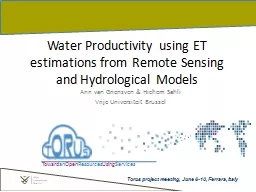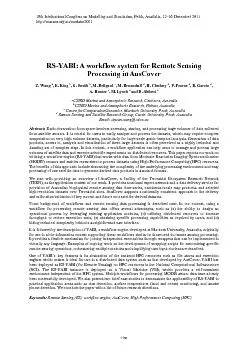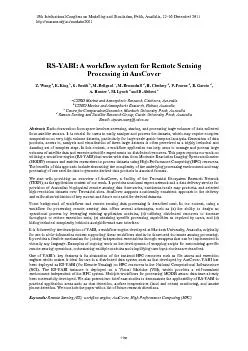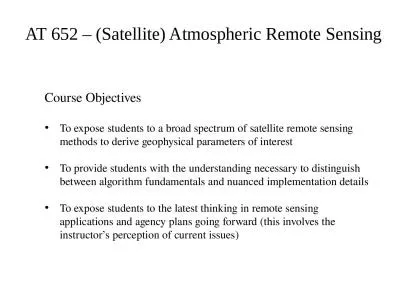PDF-GIS and remote sensing are linked both historically
Author : lois-ondreau | Published Date : 2015-10-19
1 BACKGROUND and functionallyIn an historic contextsome ofthe early work leading to the development ofGIS revolved around methods to provide better access to aerial
Presentation Embed Code
Download Presentation
Download Presentation The PPT/PDF document "GIS and remote sensing are linked both h..." is the property of its rightful owner. Permission is granted to download and print the materials on this website for personal, non-commercial use only, and to display it on your personal computer provided you do not modify the materials and that you retain all copyright notices contained in the materials. By downloading content from our website, you accept the terms of this agreement.
GIS and remote sensing are linked both historically: Transcript
Download Rules Of Document
"GIS and remote sensing are linked both historically"The content belongs to its owner. You may download and print it for personal use, without modification, and keep all copyright notices. By downloading, you agree to these terms.
Related Documents

